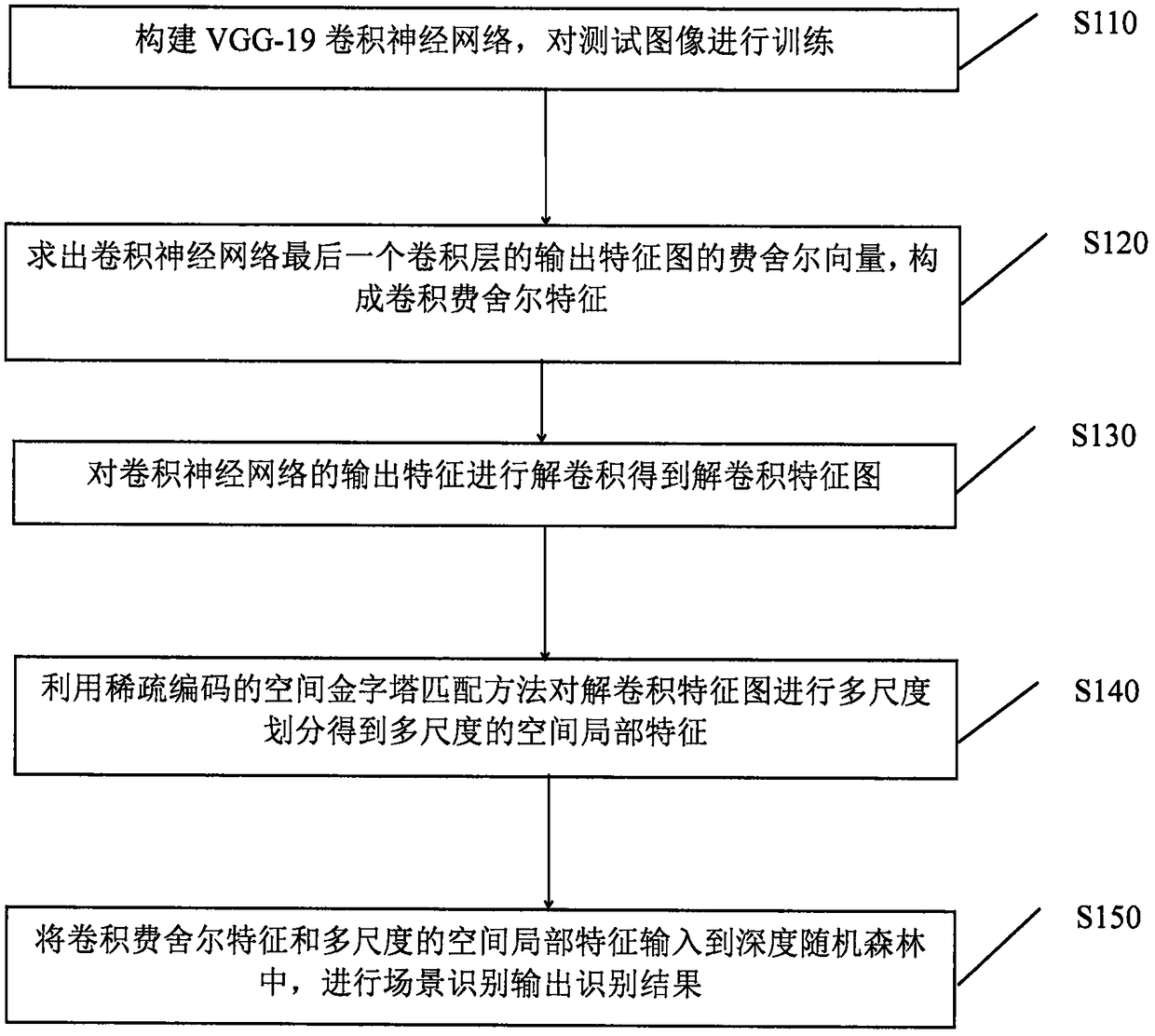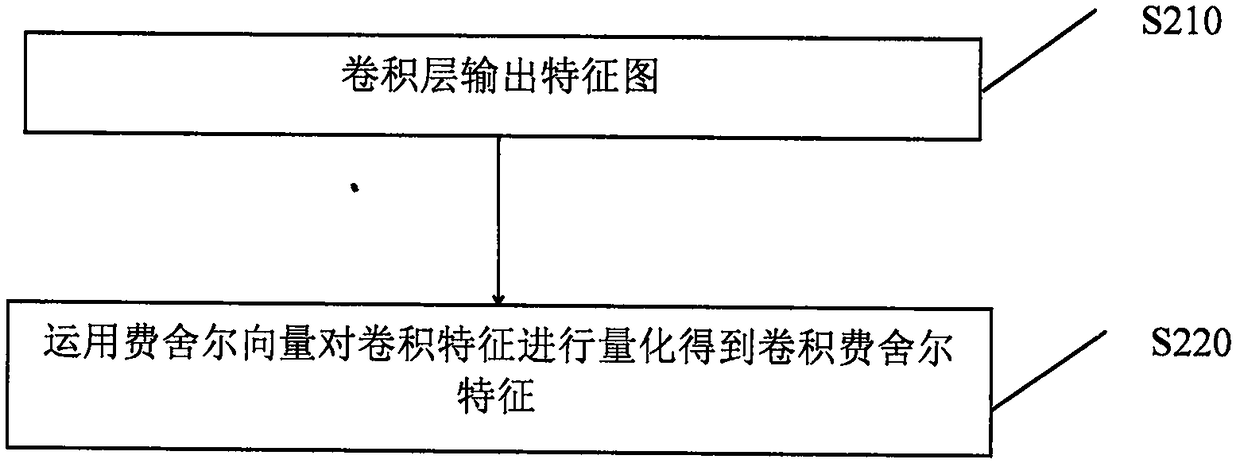Scene recognition method based on convolution multi-features and deep random forest
A random forest and scene recognition technology, applied in character and pattern recognition, neural learning methods, computer components, etc., can solve problems such as large number of samples, dependence on parameter adjustment, and unsatisfactory results
- Summary
- Abstract
- Description
- Claims
- Application Information
AI Technical Summary
Problems solved by technology
Method used
Image
Examples
Embodiment Construction
[0044] The implementation of the present invention will be described in detail below in conjunction with the accompanying drawings and examples, so as to fully understand and implement the process of how to apply technical means to solve technical problems and achieve technical effects in the present invention.
[0045] The scene recognition method based on convolutional multi-features and deep random forest in the embodiment of the present application is used for scene recognition. The scene recognition described in the embodiment of the present application mainly refers to extracting multiple types of features by using a convolutional neural network, and inputting them into a deep random forest for scene recognition.
[0046] as attached figure 1 As shown, the specific implementation of the scene recognition method based on convolutional multi-features and deep random forest is as follows:
[0047] Step S110, constructing a VGG-19 convolutional neural network, and training ...
PUM
 Login to View More
Login to View More Abstract
Description
Claims
Application Information
 Login to View More
Login to View More - R&D
- Intellectual Property
- Life Sciences
- Materials
- Tech Scout
- Unparalleled Data Quality
- Higher Quality Content
- 60% Fewer Hallucinations
Browse by: Latest US Patents, China's latest patents, Technical Efficacy Thesaurus, Application Domain, Technology Topic, Popular Technical Reports.
© 2025 PatSnap. All rights reserved.Legal|Privacy policy|Modern Slavery Act Transparency Statement|Sitemap|About US| Contact US: help@patsnap.com



